Gathering Evidence for Restaurant Slip and Fall Claims
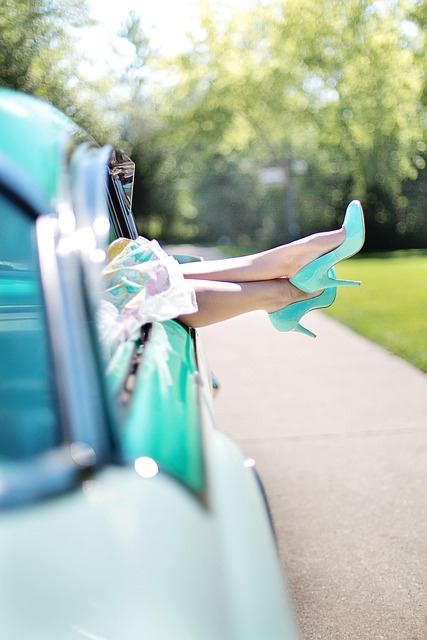
After a restaurant slip and fall accident, understanding your legal rights is crucial. Business owne…….
Welcome to an in-depth exploration of a critical aspect of the hospitality industry: restaurant slip and fall incidents. This article aims to dissect a complex issue that significantly impacts both customers and establishments, offering a comprehensive understanding of its dynamics, implications, and potential solutions. In the bustling world of dining, ensuring customer safety is paramount, especially when it comes to preventing accidental slips, falls, and subsequent injuries. By delving into this topic, we hope to shed light on best practices, regulatory frameworks, and emerging technologies that can shape a safer dining experience.
Definition: Restaurant slip and fall refers to incidents where patrons sustain injuries due to slipping or falling on a restaurant’s premises, often as a result of slippery surfaces, uneven flooring, or inadequate warning signs.
Core Components:
The concept of “slip and fall” as a legal and safety concern has evolved over time, gaining prominence in the 20th century with the growth of the hospitality industry. Early cases focused on liability for property owners, establishing precedents for determining negligence and duty of care. Over the years, these incidents have become a significant point of contention between restaurants and customers, leading to a plethora of legal decisions shaping modern safety regulations.
International Influence: Restaurant slip and fall incidents are not limited to any specific region, affecting establishments worldwide. However, cultural differences in customer expectations, building codes, and legal frameworks can significantly impact how these incidents are managed and perceived. For instance, strict liability laws in some European countries may differ from the more negligence-based approaches taken in North America.
Regional Trends:
| Region | Trend/Statistical Findings |
|---|---|
| North America | High incidence rates, particularly in fast-casual dining establishments. Indoor slip and fall cases peak during winter months due to snow and ice. |
| Europe | Stricter building codes result in well-maintained facilities, reducing incident rates. Increasing focus on customer experience may lead to more proactive safety measures. |
| Asia Pacific | Rapid urbanization drives demand for safe public spaces. Technology adoption for floor monitoring and predictive analytics is gaining traction. |
| Middle East | Strict local regulations ensure high standards, but heat-related incidents in outdoor dining areas are a concern. |
Market Dynamics: The global restaurant industry is a behemoth, valued at over $7 trillion in 2021. As customers demand more elaborate dining experiences, the focus on safety becomes critical for retaining patrons and maintaining profitability. Slip and fall incidents can result in significant financial burdens, including medical costs, legal fees, and lost revenue due to business interruptions.
Investment Patterns: Restaurants investing in slip-resistant flooring, improved lighting, and advanced warning systems can mitigate risks and enhance customer satisfaction. These investments often pay off through reduced insurance premiums and increased brand reputation. Conversely, neglecting safety can lead to costly lawsuits and damaged reputations.
Floor Monitoring Systems: Smart floor sensors and cameras can detect slippery conditions in real time, alerting staff to take immediate action. This technology is particularly useful in high-traffic areas, ensuring prompt response times.
Predictive Analytics: Utilizing historical data, AI algorithms can predict slip and fall hotspots, allowing restaurants to implement targeted safety measures. For example, identifying tables near doors or windows prone to condensation can help in deploying mat systems effectively.
Mobile Apps and Customer Feedback: Apps that encourage customers to report incidents anonymously provide valuable insights for establishments to address safety concerns promptly.
Legal Frameworks: Safety regulations vary by jurisdiction, but many countries have laws mandating reasonable care for patrons’ safety. These include requirements for maintenance of premises, proper signage, and quick response to hazardous conditions. The specific legal thresholds and standards differ significantly across regions.
Insurance Coverage: Restaurants must carry adequate insurance policies to cover slip and fall liabilities. General liability insurance is essential, often supplemented by commercial property insurance to cover building-related risks.
Industry Associations: Organizations like the National Restaurant Association (NRA) in the US provide guidelines and resources for member restaurants to enhance safety standards and mitigate legal risks.
Main Challenges:
Criticisms and Solutions:
Case Study 1: Greenleaf Cafe (North America)
Greenleaf Cafe, a popular urban dining spot, implemented a comprehensive floor monitoring system after a series of slip and fall incidents. The technology allowed them to identify high-risk areas and deploy targeted solutions, resulting in a significant reduction in customer complaints and insurance claims. This success led to increased brand loyalty and positive online reviews, demonstrating the business case for proactive safety measures.
Case Study 2: Tokyo Restaurant Group (Asia Pacific)
This regional dining chain adopted predictive analytics to address slip and fall concerns. By analyzing historical data, they identified recurring patterns in incidents related to outdoor seating areas during wet weather. The group then implemented dynamic floor treatments and improved drainage systems, reducing their liability exposure and enhancing customer satisfaction.
Emerging Trends:
Growth Areas:
Restaurant slip and fall incidents are a complex interplay of environmental factors, customer expectations, and legal responsibilities. As the hospitality industry continues to evolve, so too must our understanding and response to these challenges. By embracing technological advancements, implementing robust policies, and prioritizing customer safety, restaurants can create welcoming and secure environments. This comprehensive overview highlights the importance of continuous vigilance, innovation, and collaboration in mitigating slip and fall risks.
Q: What is the legal definition of negligence in slip and fall cases?
A: Negligence refers to a failure to act as a reasonably prudent person would under similar circumstances. It involves determining whether the property owner exercised reasonable care in maintaining their premises.
Q: How can restaurants reduce the risk of slip and fall incidents during winter months?
A: Implementing floor heating systems, using traction mats, and ensuring quick response teams for ice and snow removal are effective strategies. Regular maintenance and customer education on slippery conditions also help.
Q: Are there any legal implications for customers who slip and fall on a restaurant’s premises?
A: Generally, customers have no legal obligation to take extra precautions after being warned of potential hazards. However, willful neglect or failure to follow safety instructions could potentially impact their liability in certain jurisdictions.
Q: What role does customer behavior play in preventing slip and fall incidents?
A: Customer education is vital. Restaurants can encourage patrons to be mindful of their surroundings, eat slowly, and report any hazards they notice. Reducing distractions, such as excessive alcohol consumption or multitasking while dining, also helps prevent accidents.

After a restaurant slip and fall accident, understanding your legal rights is crucial. Business owne…….
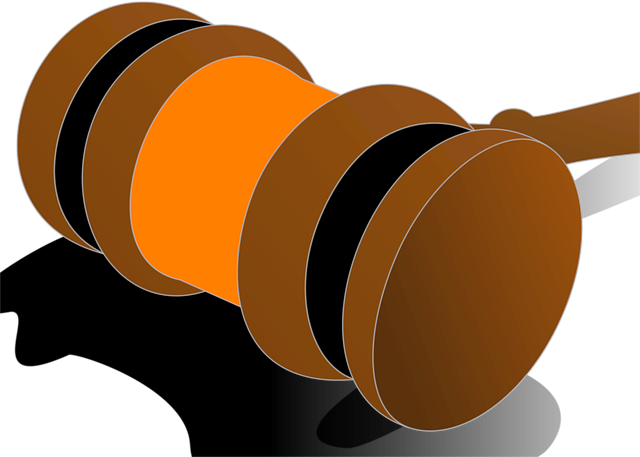
Restaurant slip and fall incidents in outdoor seating areas pose significant risks due to uneven sur…….
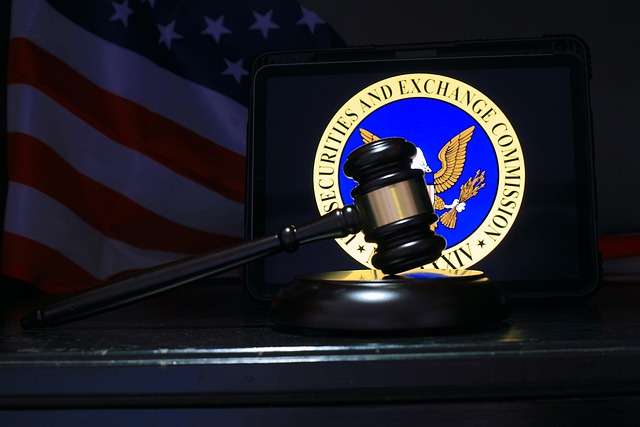
Ineffective cleaning and maintenance, especially in high-traffic areas, are primary causes of restau…….
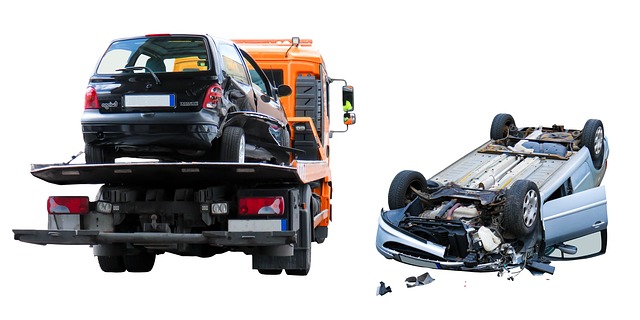
Restaurant slip and falls are common accidents caused by negligence in maintenance, cleaning, or des…….
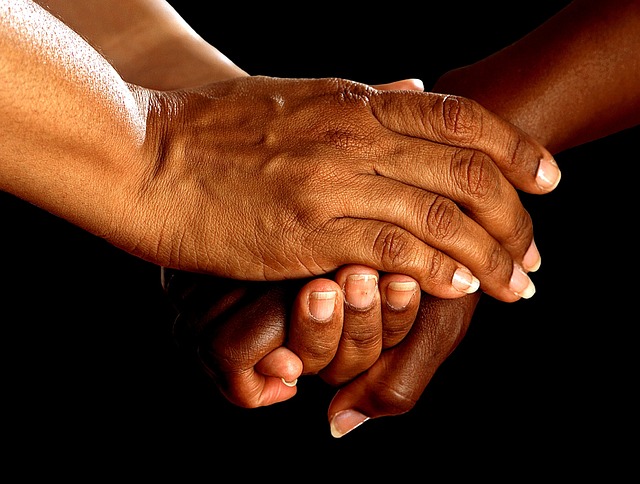
Restaurant slip and fall incidents are common, causing injuries ranging from minor to severe. Legal…….

Restaurant slip and fall incidents can cause severe injuries and lead to legal claims. Without secur…….
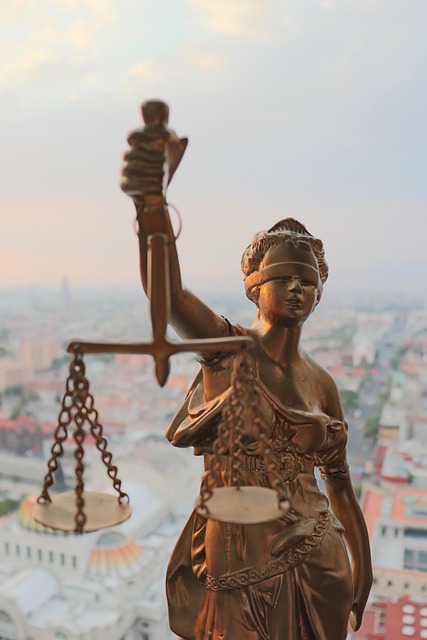
Restaurant slip and fall incidents are common, often leading to serious injuries due to negligence l…….

In the event of a restaurant slip and fall, understanding your legal rights is vital. Document evide…….
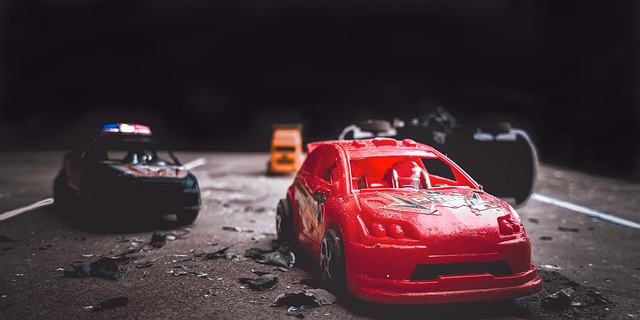
Restaurant slip and fall accidents cause significant physical and emotional harm (e.g., Sarah fractu…….
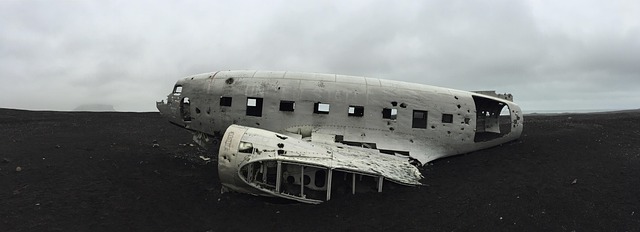
Restaurant slip and fall lawsuits center on premises liability, where property owners must maintain…….